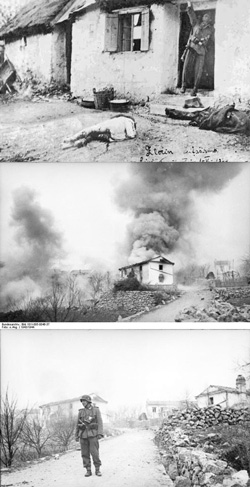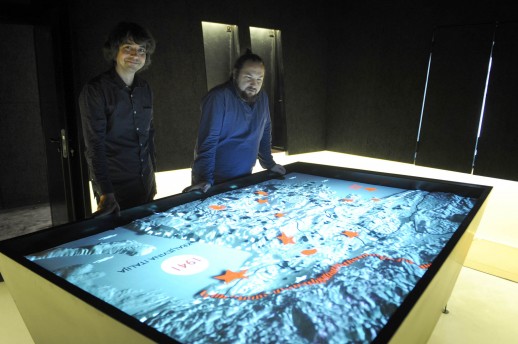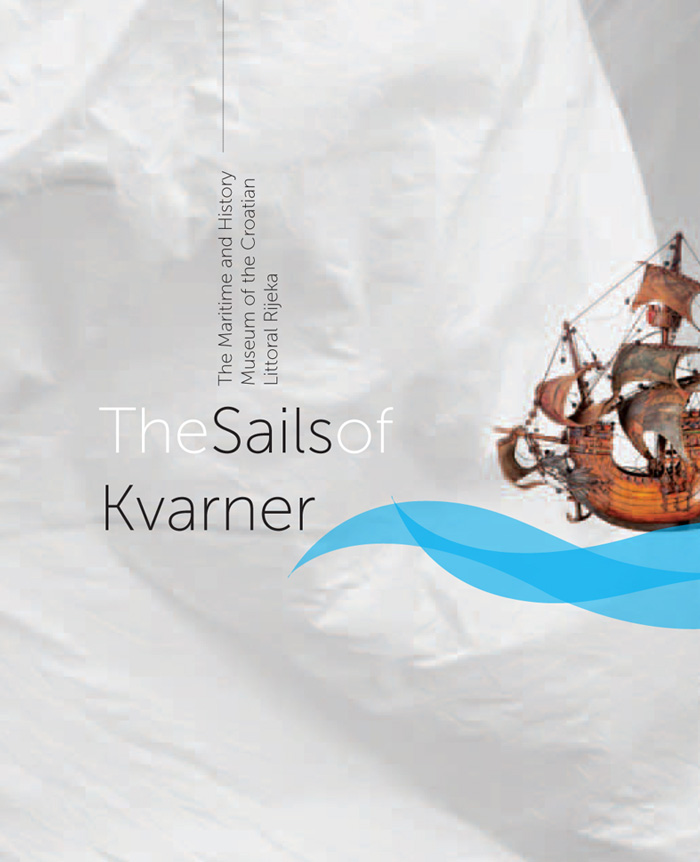 Lipa is a small village on the Croatian side of the Slovenian-Croatian border in the municipality of Matulji. On Sunday 30th April 1944 it was the scene of a horrific retaliatory attack by the occupying Nazi German forces trying to quell the Partisan resistance in which 269 men, women, children and old people were killed, the village ransacked and their houses torched.
Lipa is a small village on the Croatian side of the Slovenian-Croatian border in the municipality of Matulji. On Sunday 30th April 1944 it was the scene of a horrific retaliatory attack by the occupying Nazi German forces trying to quell the Partisan resistance in which 269 men, women, children and old people were killed, the village ransacked and their houses torched.
“Here is where a terrible massacre took place when they burned people alive. About 260 people were slaughtered. On the following days, 1st, 2nd, 3rd May they collected the corpses from the village and transported them down to a little house into which they were stuffed and also burnt.”
After World War II the village was partially rebuilt whilst some buildings were left as ruins. In the 1960s a memorial building was established and in April 2015 it was reopened after a complete refurbishment and redesign by designers Gamulin & Sevšek as the Memorijalni centar Lipa pamti (the Lipa Remembers Memorial Centre).
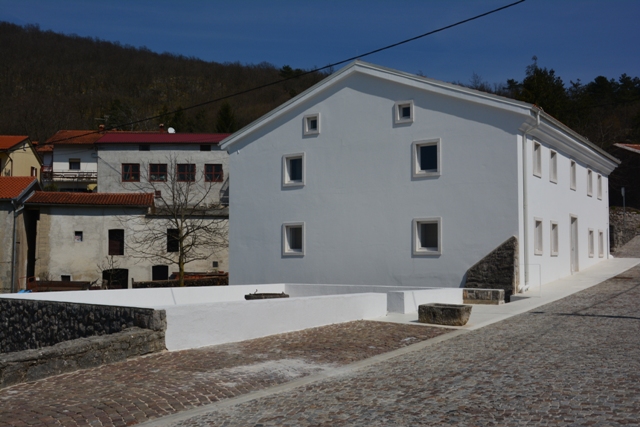 Inside is a modern museum space which tells the story of Lipa and the surrounding area, the events of 1944 as well as a growing ethnographic collection.
Inside is a modern museum space which tells the story of Lipa and the surrounding area, the events of 1944 as well as a growing ethnographic collection.
I provided the English translations of some of the exhibition’s captions and documentation on behalf of the municipality of Matulji and the museum organisers PPMHP.
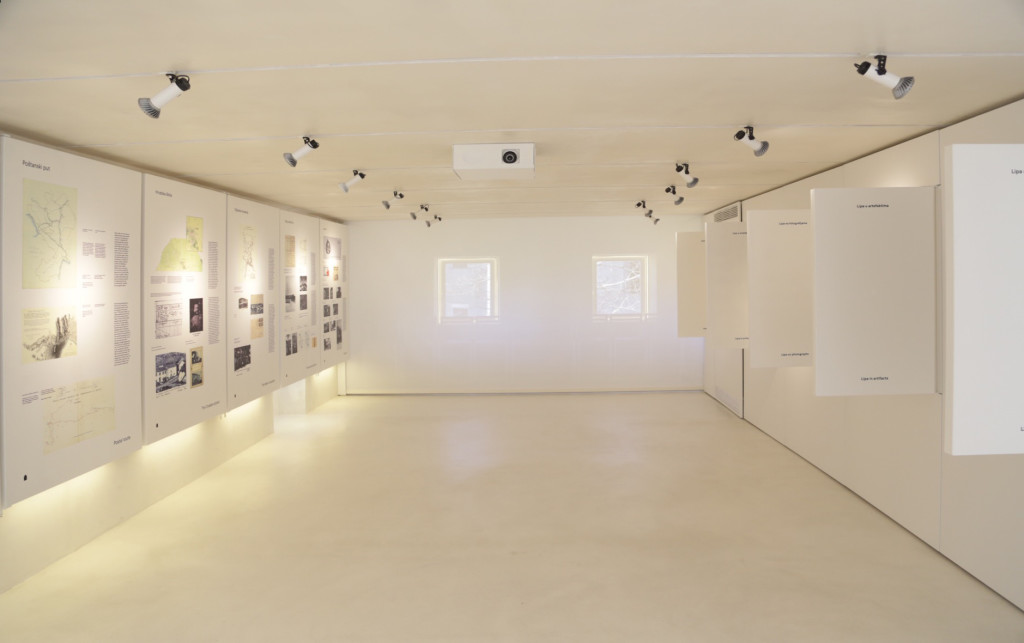 You can find more info on the memorial centre’s website here.
You can find more info on the memorial centre’s website here.
 Photos by Damir Gamulin, PPMHP, Novi list, German State Archives.
Photos by Damir Gamulin, PPMHP, Novi list, German State Archives.

